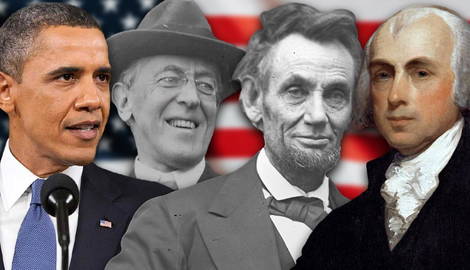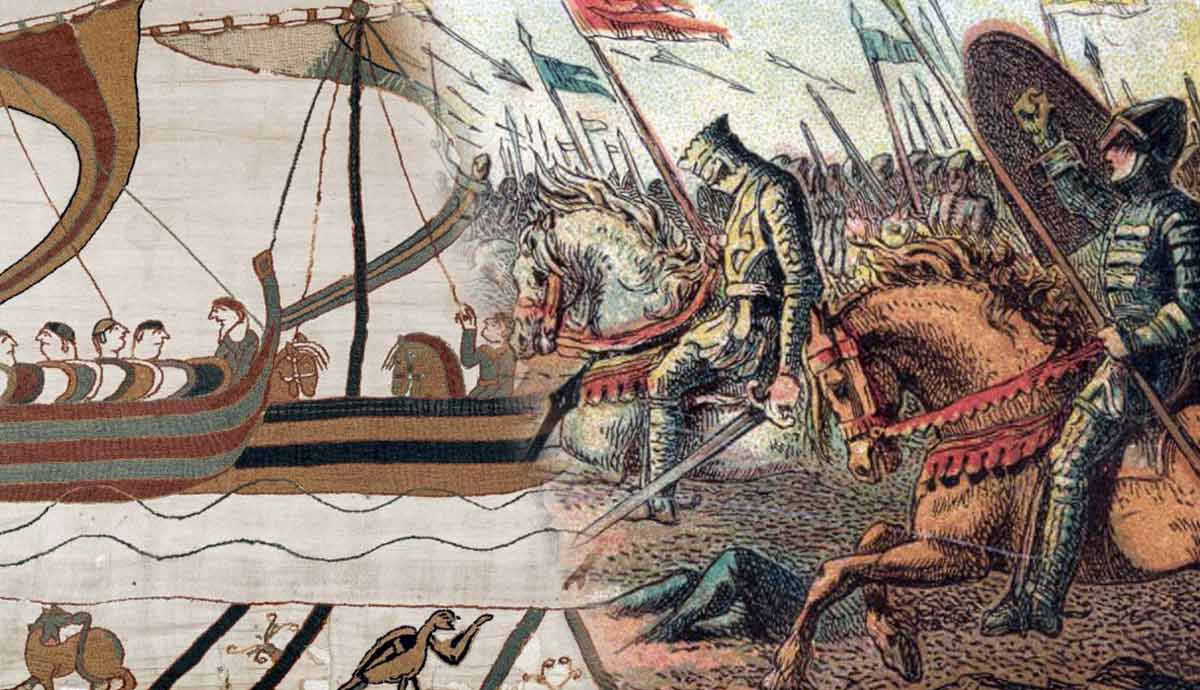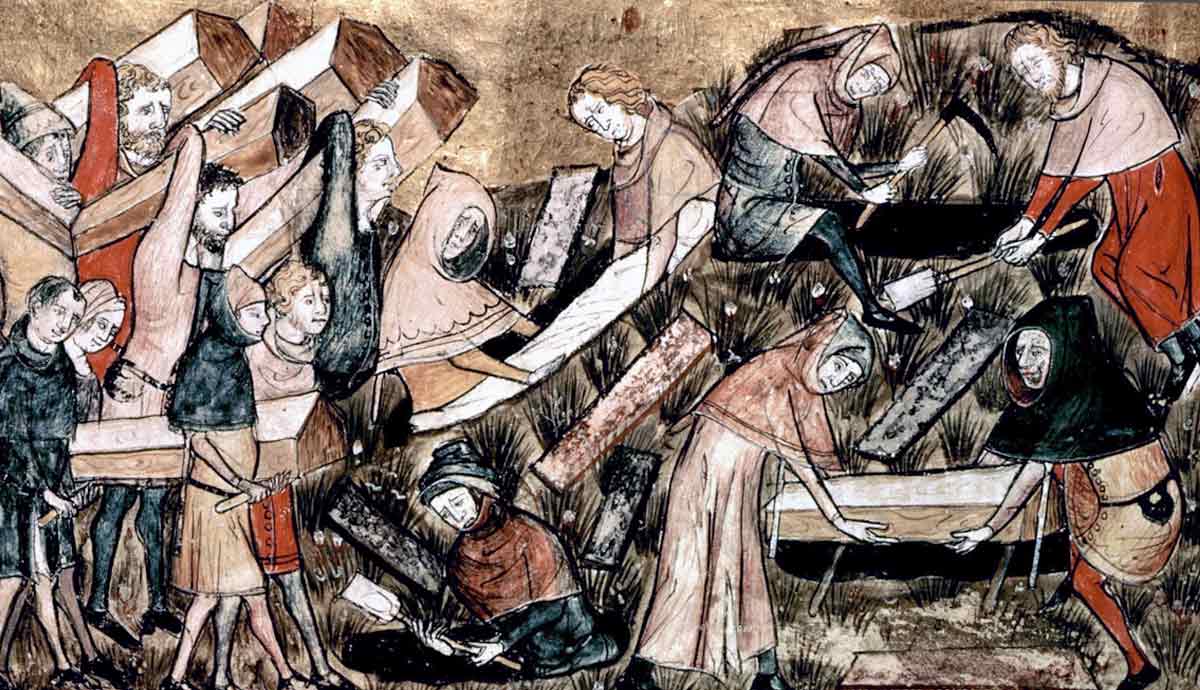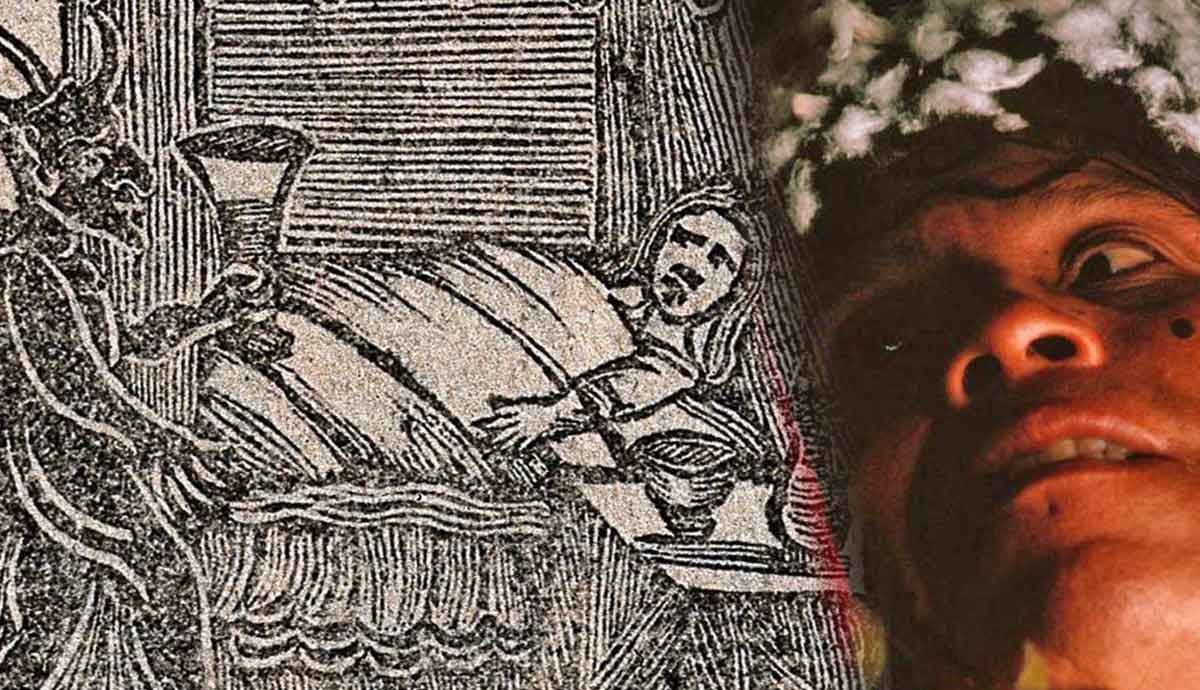
Since 1789, the United States has been led by forty-six presidents. Some have been more consequential than others, sometimes due to their own leadership and sometimes due to events outside of their control. While some presidents created change of their own accord, others managed change that was thrust upon the nation. Often, these chief executives combined the two, matching powerful external events with their own skills, tenacity, and ideas. In terms of presidents who changed the United States, it is difficult to narrow it down to a top ten list, but these ten commanders-in-chief are undeniable leaders of managing drastic changes in American life. From George Washington to Barack Obama, here are our top ten change-creating presidents.
1. George Washington (1789-96): Precedent-Setter

A two-time war hero, Washington was famous well before being the only person unanimously elected president of the United States by the Electoral College. The tall, stately retired general and president of the Constitutional Convention of 1787 was virtually the only man the Founding Fathers trusted to hold the powerful new position of chief executive. Fortunately for all, Washington was up to the task. Realizing that everything he did would set a precedent for future commanders-in-chief, Washington took his job as president seriously.
Most importantly, Washington limited his own power. Although his popularity would likely have allowed him to win re-election until his death, the winner of the American Revolutionary War limited himself to two terms. He also accepted a salary so that, someday, a non-wealthy man could afford to be president. Finally, Washington stayed true to the US Constitution and did not attempt to break its separation of powers and checks and balances. Famously, he urged America to continue to heed the document in his 1796 Farewell Address.
2. James Madison (1809-16): Constitutional Scholar

America’s fourth chief executive was the man who penned most of its Constitution: Virginia scholar James Madison. Although Madison did much work to lay the foundations of America before becoming a two-term president, his time in office was also noteworthy. Madison was president during the War of 1812, which saw the United States become embroiled in large-scale warfare for the first time since the Revolution. Although rarely seen as a great wartime leader, Madison presided over what is often seen as a US victory by holding off the British.
Domestically, Madison expanded the role of the federal government by creating the Second National Bank, a precursor to today’s monetary policy. He also led the United States to acquire lots of Native American territory, beginning the nation’s relentless westward expansion. After the War of 1812, the nation entered the Era of Good Feelings, which was characterized by relative peace and prosperity. Thus, between Madison’s Constitutional and presidential endeavors, the United States found a solid political and economic footing.
3. Andrew Jackson (1829-36): Mr. Populism

The Founding Fathers wanted the people to have power…but not too much power! America’s early republic was relatively limited in terms of popular democracy, thanks to voting requirements like property ownership and paying taxes. One champion of opening up the vote to all (white men) was War of 1812 hero Andrew Jackson. Jackson was America’s first champion of populism, or political power for the common man. Despite losing the election of 1824, thanks to controversial wheeling and dealing in the House of Representatives, Jackson tried again in 1828 and succeeded in a landslide.

Now president, Jackson began the era now known as Jacksonian Democracy. He substantially increased the power of the presidency, prompting criticism from traditionalists. Aggressively, he cleared more territory in the South of Native Americans and pursued continued westward expansion. However, he broke with his predecessor, James Madison, over the national bank, which he considered a tool of the elites to control the economy. Famously, Jackson refused to approve the national bank’s new charter, vetoing the bill and showing his willingness to use the powerful veto tool.
4. Abraham Lincoln (1861-65): Saver of the Union

While Jackson was known for brashness, Abraham Lincoln was a master of calm, firm leadership. It was desperately needed, for the nation plunged into the American Civil War within mere months of Lincoln’s inauguration in 1861. The Illinois politician, who had famously opposed slavery, was forced to walk sociopolitical tightropes as he tried to guide the Union through the Civil War. How could he defeat the Confederacy soundly without causing too much strain on the Union’s economy and manpower?
Fortunately, Lincoln was able to walk the line and maintain an aggressive war that led to the unconditional surrender of the Confederacy while preventing political and economic chaos at home. He abolished slavery and set the stage for the United States to become an economic powerhouse. His signing into law of the Homestead Act of 1862 definitively settled the West and achieved America’s Manifest Destiny. It is little surprise that Lincoln’s presidency, which ended with his tragic assassination only weeks before the end of the Civil War, is often considered the end of the United States’ first volume of history in history classes.
5. Theodore Roosevelt (1901-08): Trust-Buster

Brashness, aggression, and populism returned to the White House with Theodore Roosevelt in 1901. “Teddy” Roosevelt was the nation’s youngest chief executive and had moved from vice president to president after the assassination of William McKinley in 1901. Like Andrew Jackson, Roosevelt was a war hero—volunteering to be a cavalry officer during the Spanish-American War. Unlike Jackson, however, Roosevelt was a staunch opponent of the spoils system and was a Progressive Era reformer.
Theodore Roosevelt was the iconic Progressive Era president who worked hard to move America past the inequalities of the Gilded Age and the spoils system of politics championed by Jackson. He wanted to reform the civil service, bust up trusts (monopolies), and keep European powers out of the Western Hemisphere. Roosevelt aggressively grew federal government power, both domestically in terms of regulating industries and internationally in terms of military power. He spoke softly and carried a big stick.
6. Woodrow Wilson (1913-20): Foreign Policy Leader

Republican president Theodore Roosevelt’s efforts were largely cemented by his (hated) successor, Democrat Woodrow Wilson. Despite their partisan differences, both men were Progressive Era reformers. Wilson created the National Park Service, which Roosevelt had championed. Wilson also presided over the passage of the 18th Amendment to prohibit the sale of alcohol and the 19th Amendment to give women the right to vote. However, Wilson’s true claim to fame was foreign policy. Wilson guided America through World War I, which he had first sought to avoid.
With conscious deliberation to enter the war after multiple aggressions by Germany, Wilson skillfully helped mold America into a world power that aided the Allied Powers in inflicting a decisive defeat on Germany. After the war, Wilson himself traveled to Paris to try to craft a post-war peace. Famously, Wilson’s Fourteen Points created the League of Nations, an international body that attempted to prevent conflicts. Although the League ultimately failed, years after the US Senate rejected the Treaty of Versailles that would have mandated America’s entry into the body, Wilson gets credit for the idea that would eventually lead to the United Nations.
7. Franklin D. Roosevelt (1933-45): Depression Fighter

Despite the rapid growth of the federal government during the Progressive Era and World War I, there was still one policy area where there was little federal presence: social welfare. When the Great Depression erupted after the stock market crash of 1929, there were few tools for the government to assist the collapsing economy. Millions lost their jobs and their homes. Despite a popular outcry for assistance, conservative US President Herbert Hoover believed that the federal government should not be in the business of providing direct aid to citizens. In the 1932 presidential election, Democratic rival Franklin D. Roosevelt (FDR) promised to reverse this…and was elected in a historic landslide.
True to his word, FDR immediately put the power of the executive order—along with laws passed by a supportive Congress—to work in channeling federal dollars to the unemployed. His New Deal reforms allowed for deficit spending to get money flowing through the economy again. When World War II erupted after Pearl Harbor, FDR’s strong leadership continued. By the time FDR passed away in April 1945—after winning an unprecedented four terms as president—he had turned the United States into the world’s superpower. The Great Depression was over, and America had helped the Allies defeat both Nazi Germany and imperialist Japan.
8. Lyndon B. Johnson (1963-68): Big Dreamer

FDR’s use of the federal government to fight poverty was revitalized in the mid-1960s under fellow Democratic president Lyndon B. Johnson. Johnson, a former Senate Majority Leader, used his strong ties to Congress to push through more groundbreaking legislation than any president aside from FDR himself. He helped push through the Civil Rights Act of 1964, which ended segregation in all public accommodations, and the Voting Rights Act of 1965, which drastically increased voter registration by minorities by ending Southern states’ use of biased literacy tests.
Johnson also created broad programs to fight poverty and social inequality in his War on Poverty and Great Society initiatives. These initiatives led to the creation of Medicare (complementing FDR’s Social Security), Medicaid, and the passage of the Elementary and Secondary Education Act to guarantee all public school students an equitable education. Although Johnson’s aggressive escalation of the Vietnam War quickly tainted his image and led to him not seeking re-election in 1968, his domestic policy effects cannot be overstated.
9. Ronald Reagan (1981-88): Conservative Resurgent

The opposite of Democratic president Lyndon B. Johnson is often seen as Republican president Ronald Reagan. Johnson sought to expand the federal government to fight inequality, while Reagan sought to reduce the size of the federal government to eliminate burdensome taxes and regulations that had allegedly sapped economic growth. Reagan was elected in 1980 after the post-Vietnam economic malaise of the 1970s, promising to cut taxes and boost defense spending to restore vigor and competitiveness to American society.
Reaganomics, the popular name for Reagan’s tax cuts and boosted defense spending, did restore the economy’s growth by 1984, leading to a record-breaking landslide re-election victory. The defense spending also essentially bankrupted America’s Cold War rival, the Soviet Union, leading to its eventual collapse in 1991. Although Reagan’s tax cuts and defense spending caused the national debt to soar, the former California governor is largely credited with winning the Cold War. He is also often credited with restoring confidence in America’s vitality to many citizens.
10. Barack Obama (2009-16): Inspirer of the Marginalized

In 2008, the United States elected its first Black candidate to the White House, answering a question that many had asked since the end of slavery: could anyone other than a white man ever hold the nation’s highest elected office? Barack Obama’s election in 2008 was more than just a victory for social equality: the Democratic candidate came with domestic policy goals as well. Obama carried on the Democratic Party’s goal of increased healthcare coverage with the largest healthcare reform since Lyndon Johnson’s Medicare and Medicaid programs: the Affordable Care Act.
Also known as Obamacare, the Affordable Care Act affected health insurance coverage for millions of Americans. It required health insurance plans to offer comprehensive coverage, allowed dependents to remain on parents’ plans through age 25, and prevented plans from rejecting applicants for pre-existing conditions. Although many complained that the new health insurance plans were more expensive than their predecessors, supporters argued that the new plans were a better deal and provided better protection for patients. While historians have years to debate Obama’s legacy, his personal characteristics and titular health care reform definitely make him a change-creator.










